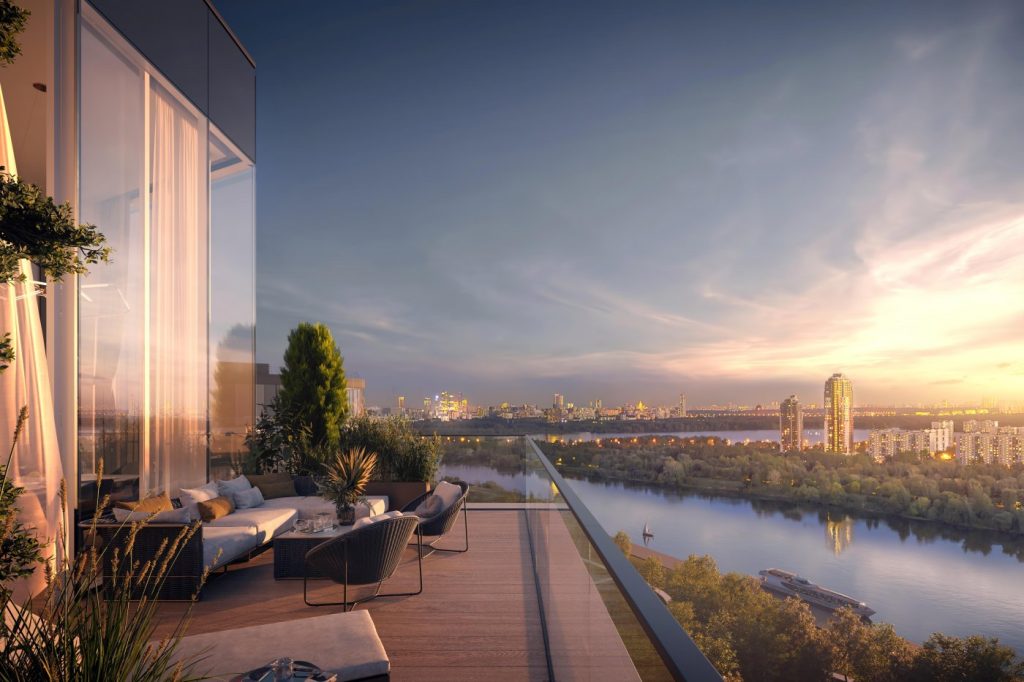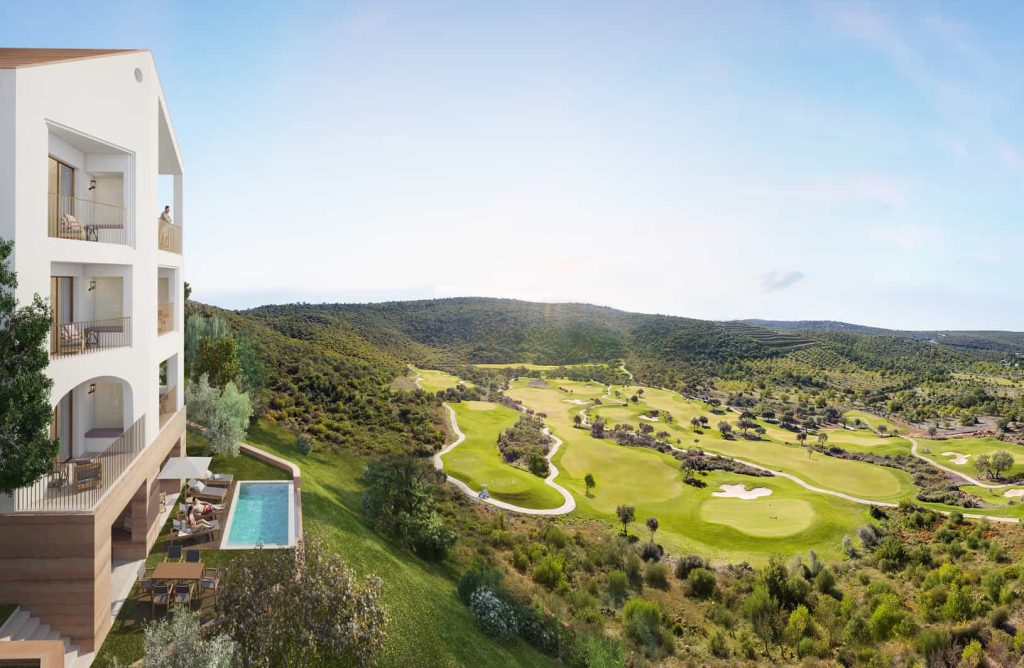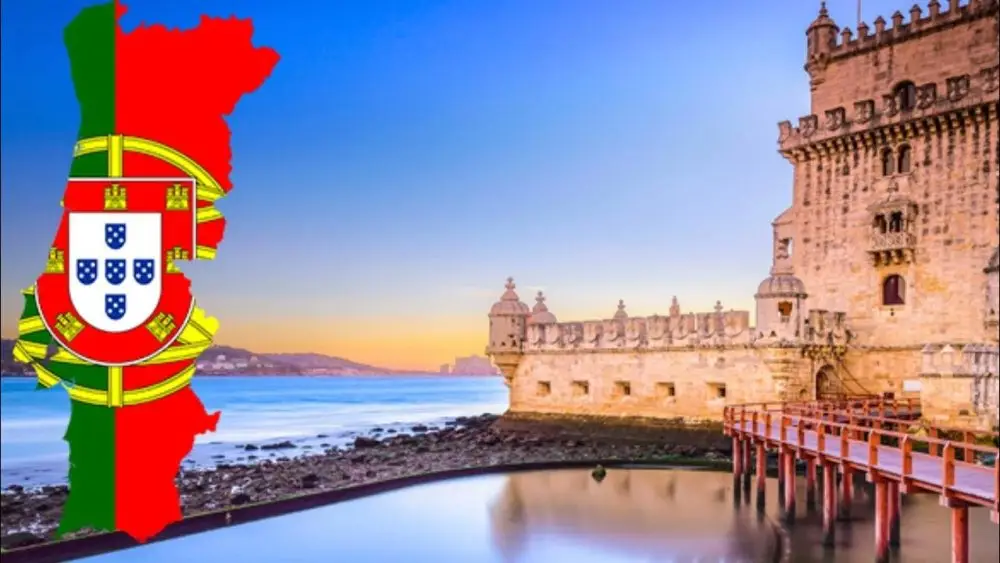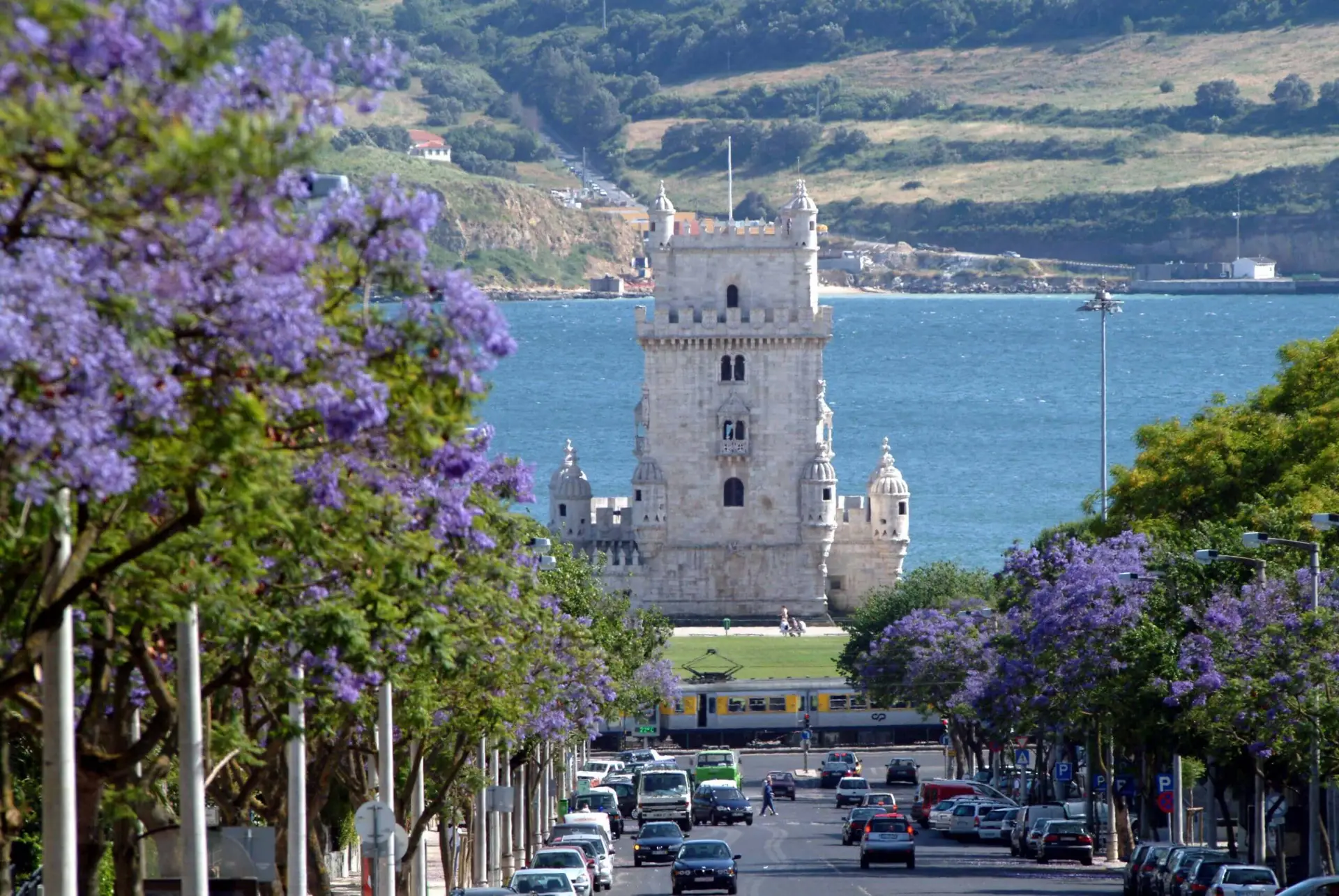In the asset market, luxury has taken its own niche, both literally and figuratively. The reflection of prestige, capital power, and taste is concentrated in properties that do not shout about their price, but demonstrate their value through thoughtfulness, privacy, and uniqueness. The answer to the question of what luxury real estate is lies not only in its value, but also in every inch of its space, where comfort and individuality are the driving forces.
What is Elite Real Estate: Key Features
The premium segment is formed not by advertising, but by limited availability, technological sophistication, and quality of materials. The answer to the question of what constitutes luxury real estate is based on strict parameters, including:

- Location. First lines by the water, historic streets, and quiet neighborhoods with low noise levels. Only premium infrastructure within the radius.
- Architecture and facade. Individual architectural appearance, facades made of natural materials, non-standard geometry, and lighting scenarios.
- Internal filling. Thoughtful layout, ceilings from 3.3 meters, panoramic Windows, designer finishes, engineering equipment of business level and above.
- Infrastructure. The territory includes a fitness club, a spa, lounge areas, restaurants, children’s clubs, indoor parking, storage rooms, and a private garden with landscaping.
The definition of luxury housing is fixed in complexity: luxury begins with details.
The structure of the premium segment: what is luxury real estate
 The premium segment is divided not only by building type, but also by architectural design, service level, and ownership format. Let’s consider what luxury real estate is in terms of functional types.:
The premium segment is divided not only by building type, but also by architectural design, service level, and ownership format. Let’s consider what luxury real estate is in terms of functional types.:
- Premium class apartments. Apartments with river views, parks, terraces and fireplaces. Integrated climate control systems, multi-format zoning. The decoration is made of natural marble, oak, brass.
- Luxury homes. Mansions in gated communities within 20 minutes from the center of the metropolis. The area of 350 sq.m., individual garages, swimming pools, winter gardens, winter-resistant facades.
- Luxury apartments in apartment complexes. 24/7 services, management by hotel brands. Five-star service, including cleaning, meals, and maintenance.
This is a wide range of solutions aimed at combining privacy, design, and investment potential.
Living Standards and Investments: How Investment Logic Works in the Premium Segment
The flow of capital into the premium segment is driven not only by prestige. Investments in luxury real estate form a sustainable income model. The main parameters of profitability include:
-
The average rental rate is from 2000 to 8000 euros per month for facilities in metropolitan and tourist locations.
-
Cost growth at the level of 7-15% in 3 years with stable macroeconomics.
-
Stable liquidity due to limited supply.
-
A high level of tenants are top managers, diplomats, representatives of foundations.
The market has confirmed that when calculating horizons over 5 years, the premium segment ensures stable capitalization. It reveals the practical significance of luxury real estate as an investment mechanism.
Definition: the difference between luxury housing and business class
Luxury housing is not limited by square footage or appearance. The main difference between luxury housing is the approach:
-
Only small apartment buildings or villas.
-
A maximum of 2-3 apartments per floor.
-
The lack of standard solutions in the layout.
-
The author’s design of each area, including bathrooms and kitchens.
-
Specialized engineering equipment includes individually controlled climate systems, smart security systems, and isolated elevators.
There is an important feature: luxury housing does not allow for compromises. Here, every element is implemented in favor of individuality, comfort, and technical superiority.
Life Scenarios: Comfort as an Investment Foundation
Luxury properties are designed not for display, but for living. The basis is a comfortable area where every meter works for the owner. The main elements include:
-
A closed courtyard without cars.
-
A landscape designer creates an individual recreation and shade area.
-
Terraces, balconies, indoor gardens.
-
Parking at level -2 with key access.
-
Video surveillance around the perimeter, security, personalized entrance control.
What is luxury real estate? It is an infrastructure where security, privacy, and quality create a VIP-level living space.
Criteria for choosing a premium facility
Understanding the segment requires an accurate assessment. What is luxury real estate? It is an asset that combines both tangible and intangible indicators.
Key criteria:
-
Location in an area of historical or natural value.
-
Availability of transportation and protection from noise.
-
The architecture is from a well-known bureau with an emphasis on privacy.
-
The minimum number of apartments in the building.
-
Closed—type infrastructure – fitness club, SPA, restaurants, swimming pools.
-
Design by international-reputed interior design bureau.
-
Parking with individual spaces.
-
Energy efficiency and technical equipment indicators.
-
Stable growth in market value over a 3-5 year horizon.
-
Guarantee of legal purity of the transaction and transparent registration of rights.
Local focus: what is luxury real estate in Portugal
Portugal has developed its own luxury architecture. Locations such as Cascais, the Algarve, and the historic center of Lisbon have become centers of investor attraction.
Property parameters:
-
Areas from 150 sq.m, terraces from 30 sq.m.
-
Panoramic windows overlooking the ocean.
-
Concierge service, private infrastructure with swimming pools and restaurants.
-
The cost starts from 1.2 million euros, an increase in value of up to 11% in 24 months.
-
High demand among European residents and family funds.
The Portuguese model shows what luxury real estate is: in a country with a mild tax regime, a warm climate and a stable economy, the segment creates long-term value.
Functional Approach: Engineering and Technology
Modern premium housing uses complex engineering systems. Technology plays a key role:
-
Supply and exhaust ventilation with climate control.
-
Smart lighting and water supply control systems.
-
Fire and flood prevention systems with sensors in each zone.
-
Video analytics with facial recognition and automatic alerts.
-
Stable energy supply and alternative sources such as solar panels and geothermal systems.
The technological base determines not only the comfort level, but also reduces operating costs, ensuring investment efficiency.
Conclusion
 What is luxury real estate — a symbiosis of architecture, status, technology and strategy. Investments in premium facilities allow:
What is luxury real estate — a symbiosis of architecture, status, technology and strategy. Investments in premium facilities allow:
-
Protect capital from inflation.
-
Get a stable rental income.
-
Enter the narrow resale market with high margins.

-
Become part of an exclusive investment pool.
The segment shows steady demand even in the face of economic changes. Long-term value, individual approach, and limited supply create a unique investment space where every square meter works for capital.
 en
en  ru
ru  de
de  ar
ar  es
es  nl
nl  hi
hi  fr
fr  it
it  pt
pt  el
el 













